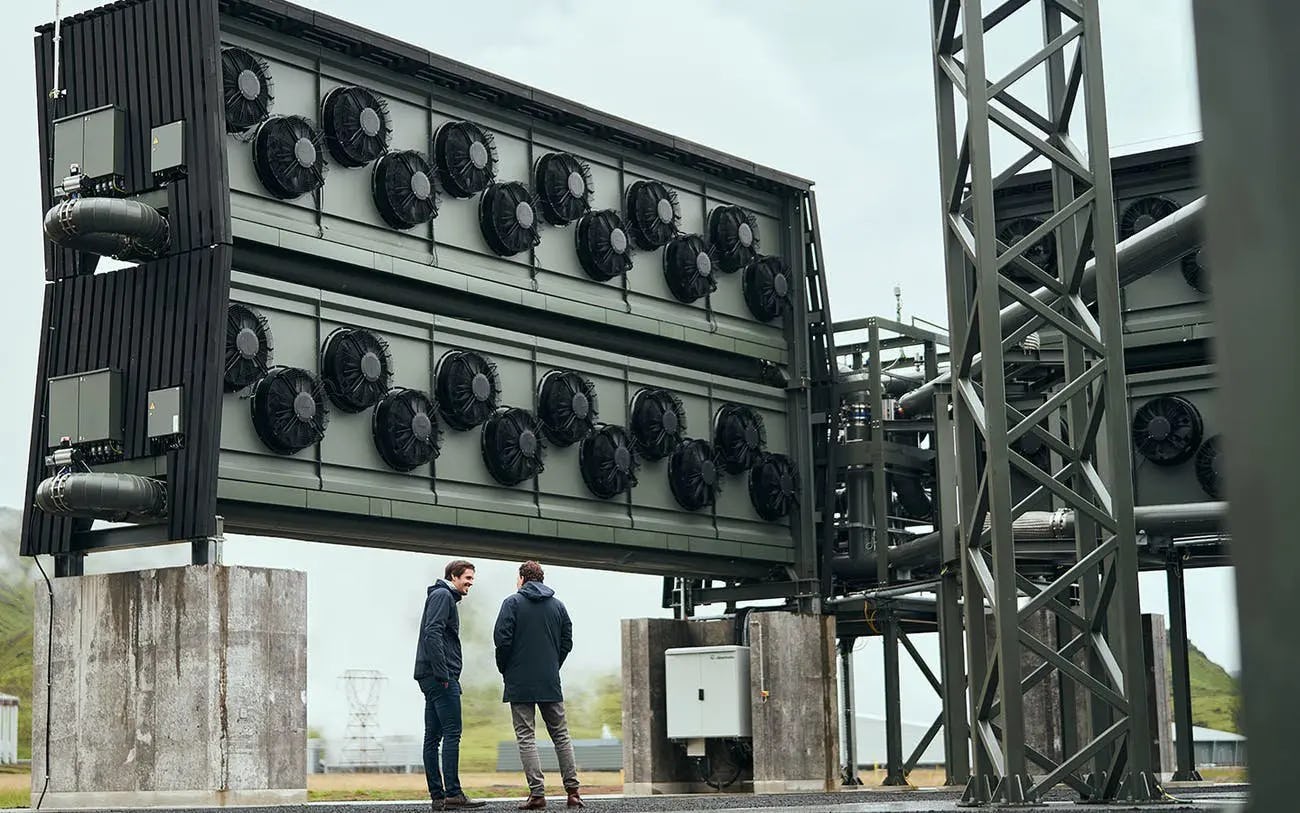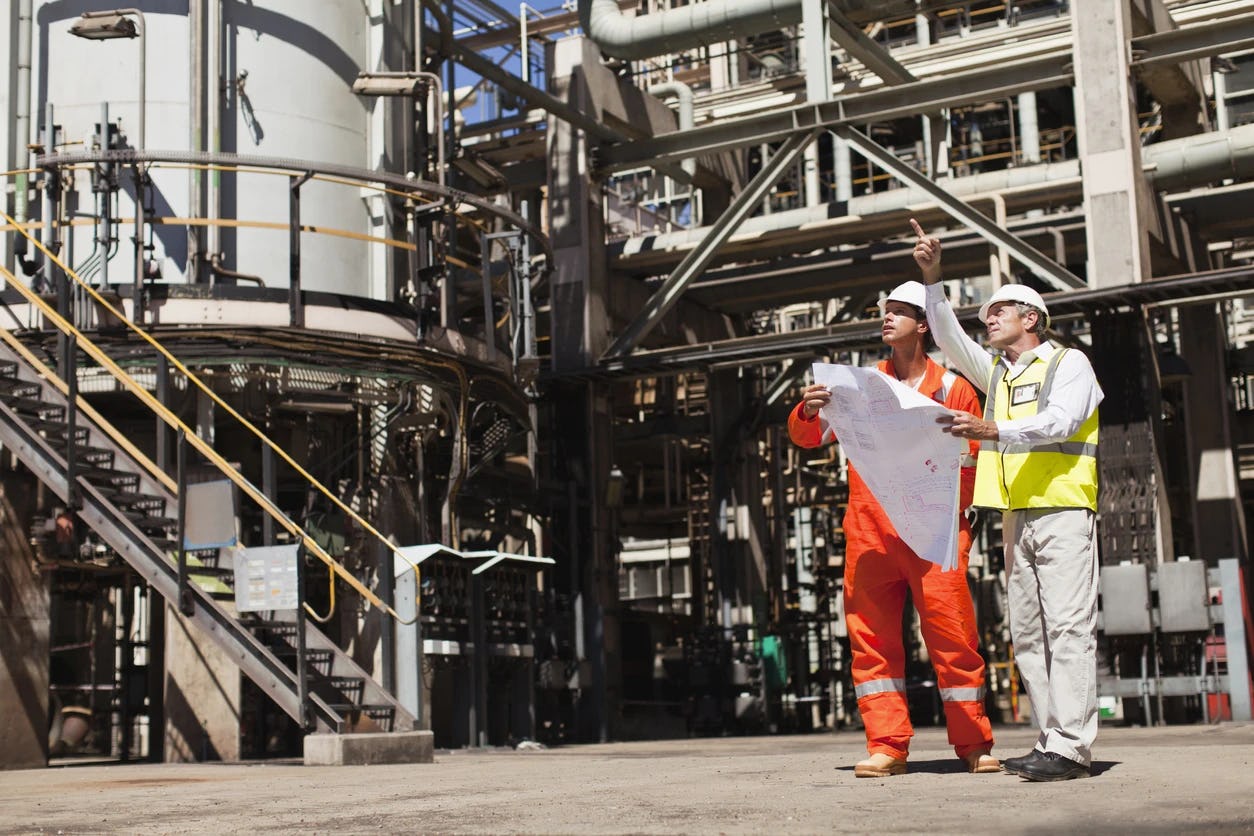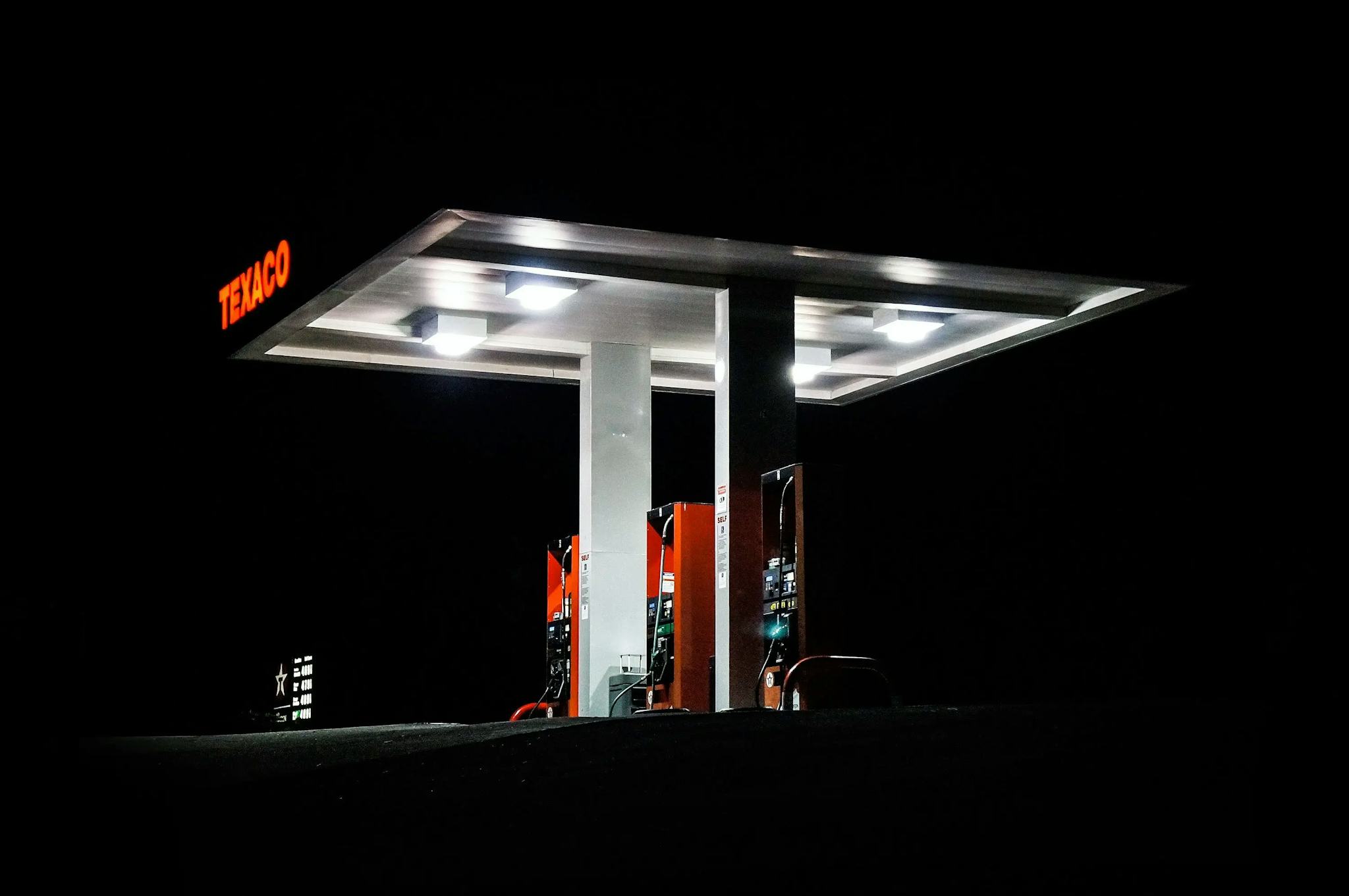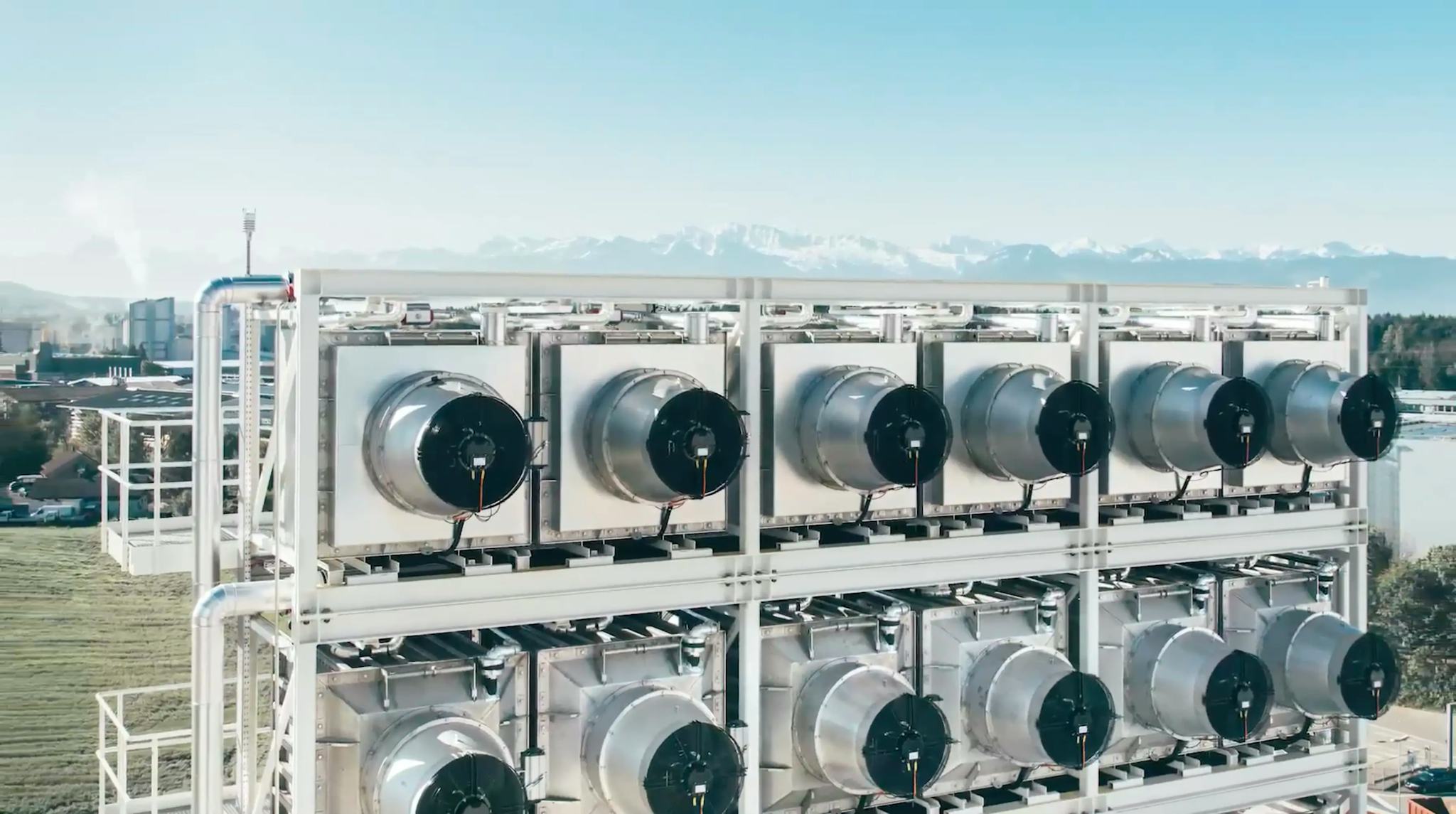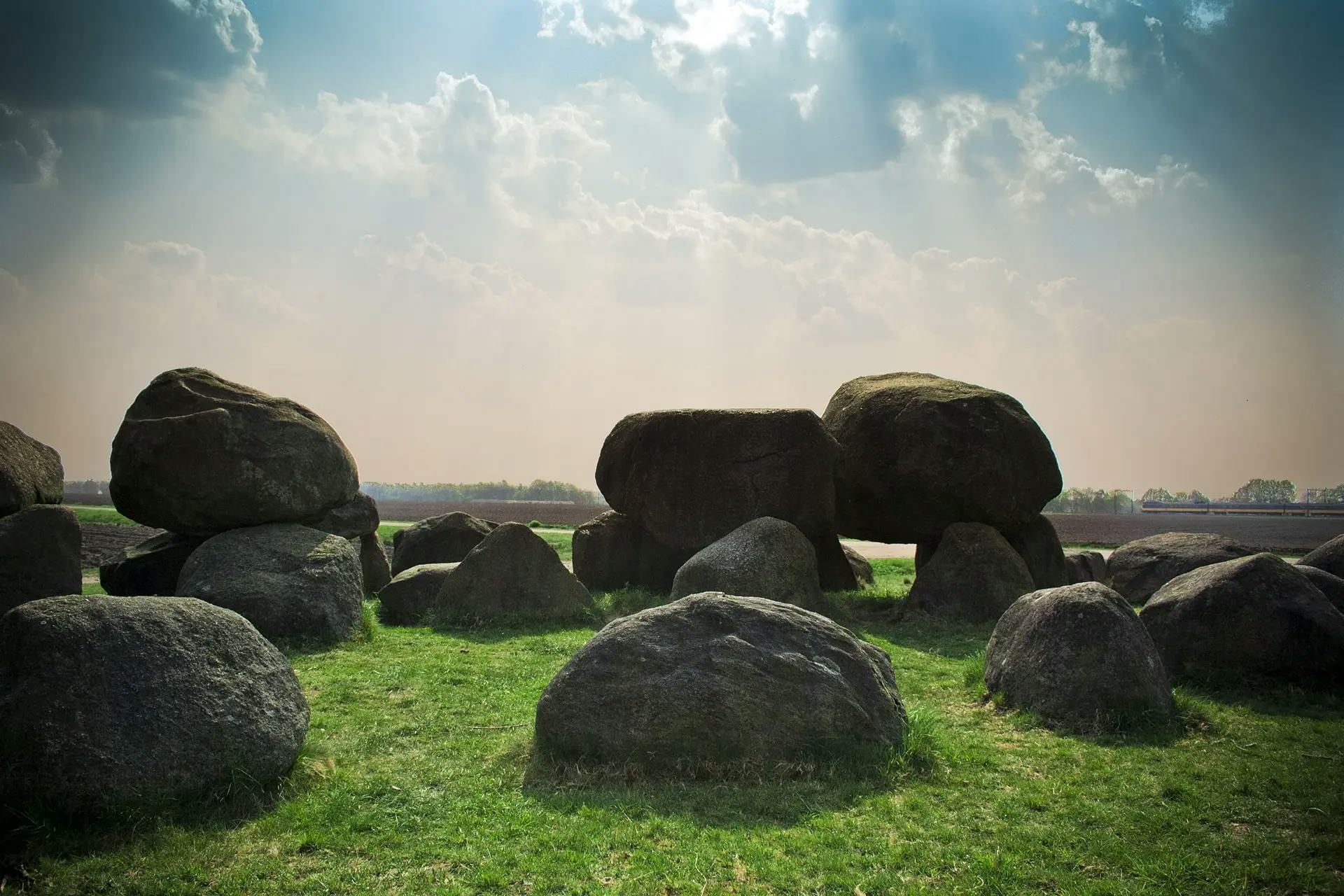Carbon Capture and Removal is like a vacuum cleaner, sucking up carbon dioxide (CO2), the main culprit behind global warming, right out of our atmosphere.
But CCR is not just about capture; it’s also about what we do with the CO2 once we have it in our grasp. The captured carbon can either be stored underground or repurposed for other uses.
Different Types of Carbon Capture and Removal Methods
Like with any technological solution, there's no one-size-fits-all approach to CCR. Different techniques and technologies have been devised to tackle this massive task, each with its pros and cons. Here are the leading players:
Post-combustion capture: This technology focuses on trapping carbon dioxide after it's been released in power plant exhausts.
Pre-combustion capture: This method involves converting fossil fuels into a gaseous mixture of hydrogen and carbon dioxide before burning and then capturing the CO2 from the mix.
Oxyfuel combustion: A method where fossil fuels are burned in pure oxygen, creating a gas mixture that is easier to capture.
Direct air capture: These are technologies that aim to capture CO2 directly from the air, rather than from specific industrial sources.
Bioenergy with carbon capture and storage (BECCS): It involves growing biomass, burning it to create energy, and then capturing and storing the carbon produced.
Enhanced weathering: A method that speeds up natural weathering processes to store carbon in rocks.
Ocean fertilisation: This involves adding nutrients to the ocean to boost the growth of phytoplankton, which absorbs CO2.
Implications for Governments and Organisations
The idea of capturing and locking away carbon or even reusing it is a game-changer for governments and organizations seeking to reduce their environmental impacts. CCR is a fantastic weapon to have in their climate action arsenal, but it's not a silver bullet. It's a tool that complements, not replaces, efforts to reduce emissions at the source.
Governments and organizations are starting to realize that we can't just rely on reducing future emissions – we also need to deal with the CO2 that's already out there. That's where CCR comes in.
Not only can CCR help hit climate goals, but it also offers opportunities for economic development and job creation. Industries can spring up around capturing, storing, and repurposing carbon, and innovation in this space could create new green technologies for export.
In a Nutshell
In the grand scheme of climate action, Carbon Capture and Removal is an exciting and rapidly evolving field. It represents a proactive approach to dealing with the CO2 already warming our planet, while we work hard to lower our future emissions.
Though challenges remain, primarily around cost and scalability, the promise of CCR is clear. It's a critical piece of the puzzle in our collective efforts to combat climate change, build sustainable industries, and safeguard our beautiful planet for future generations.

